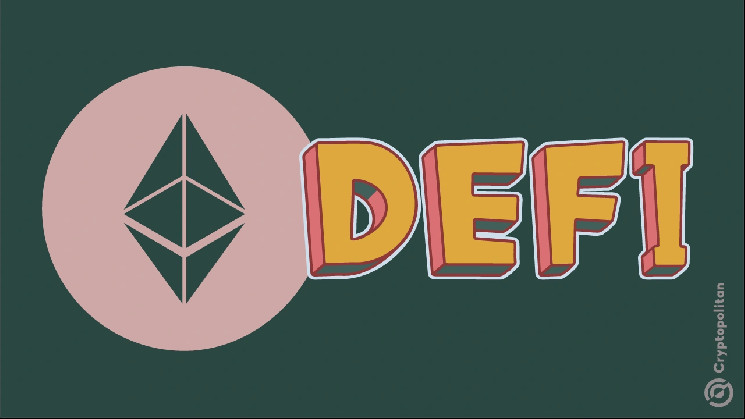The DeFi landscape evolved in the past few years, with a shifting balance of the most widely used chains. A trend has formed where Ethereum (ETH) is still the leader in nominal value locked, but has a smaller share of the DeFi market as a whole.
The DeFi market is shifting, as Ethereum (ETH) was joined by several other chains with successful financial apps.
At the end of 2023, the influence of Ethereum over the entire DeFi sector was at 72.2%. Total value locked (TVL) in DeFi was at $109B, still affected by the bear market. In the past 12 months, the total value locked ranged between $125B and up to $275B, depending on the method of reporting.
DeFi added more active new chains in 2024
The BNB Chain remained a low-key staple of the DeFi space, with an unchanged 4.5% market share, the same as the end of 2024. Solana achieved slight growth, from 3.6% at the end of last year to 6.7% of the market at the end of 2024. Solana’s bid for DeFi success came from DEX activity, as well as the attempt to create a native form of liquid staking and liquid re-staking. Solana boosted its transaction count and value locked based on increased DEX traffic from swapping meme tokens.
The other big shift in 2024 is the appearance of Bitcoin-based DeFi sector. Currently, up to 5.6% of all value is locked in BTC-based DeFi. Babylon Labs holds the biggest share, with $5.59B in self-custodied BTC staking. The current form of Bitcoin-based DeFi did not take off from the proposed L2 projects, which ended up with almost no value locked. The appeal of Babylon Labs lies in the ability to unlock BTC at any moment, with no need for bridging.
TRON is the other big shift in DeFi. The chain first appeared as a DeFi hub in 2022, and currently has a 6% market share. TRON reached a peak of 6.5% of the DeFi market at the end of 2023, with a share of 6.5%. The TRON ecosystem grew based on crypto-collateral lending, in addition to the $60B in stablecoin liquidity.
Arbitrum was one of the go-to chains during the 2022-2023 bear market, but did not graduate to a major chain. It became a part of the mix of minor chains with early-stage DeFi. The big change in 2024 affected smaller chains, which make up an estimated 21.6% of all DeFi value. Just a year ago, minor chains made up 10.4% of DeFi value locked.
Base, Sui and Aptos emerged as alternatives to Ethereum, offering low costs and innovation. In the last days of 2024, Hyperliquid trended, after the launch of its native HYPE token. The new super-fast chains are focusing on trading opportunities, gaining liquidity with targeted high-activity pairs.
Ethereum still leads DeFi with its collateral influence
Ethereum (ETH) still carries more than $70B in value locked, due to being used as collateral. ETH bridged to Binance Smart Chain is also driving the value of DeFi.
DeFi on Ethereum is high-value due to the model of most apps, which require large-scale collaterals or another form of locking ETH. Liquid staking from LidoDAO built the biggest ETH reserve. Aave (AAVE) rose to the second spot, after becoming the leading lending protocol in 2024.
Ethereum-based DeFi remains a strong proposition, as there are still expectations for an ETH rally to a higher range. The new year is usually a historically strong period for ETH, potentially raising the value locked in all DeFi apps.
ETH retained its value at $3,494.45, with strong support at $3,400. For now, the DeFi sector is safe, as most of the collaterals have been deposited at a much lower price range.
The other reason for the growth of Ethereum-based DeFi is the inflow of Tether (USDT) as an ERC-20 token. The supply of ERC-20 USDT expanded to 79.92B tokens, swapping some of the TRON-based and niche chain versions due to liquidity demand.
Land a High-Paying Web3 Job in 90 Days: The Ultimate Roadmap

